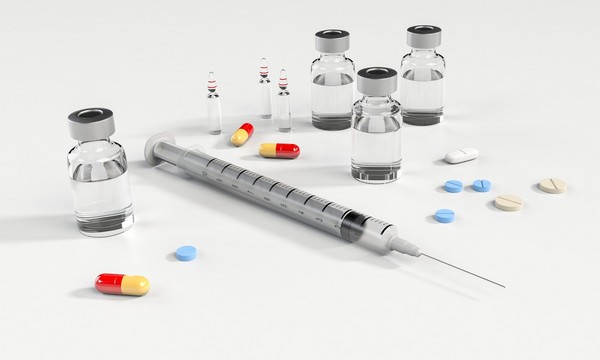Laying down a strategy for pharmaceutical pricing is a lot more complicated than merely providing a product with a price to recover Research and Development (R&D) investments. Developing, capturing and communicating value is essential during the pricing of pharmaceutical products. Companies like Remap Consulting provide pharmaceutical pricing training that covers a range of vital subjects. These subjects include; global pricing strategies, value-based pricing approaches, pricing terminology, and the relation between volume, price and revenue optimization. Let’s take a more in-depth look into pharmaceutical pricing.

Promoting Fair and Reasonable Pricing
People having equitable access to high quality, essential and affordable medicines and other pharmaceutical technologies can depend on different financing schemes and fair pricing. For the achievement of universal health coverage to take place, affordable, fair prices and cost-effective interventions must be promoted. A “fair and affordable” price must be a price that can reasonably be paid for by patients and different health budgets. At the same time, it must also sustain development and research, production and distribution inside of a country.
Medicine Prices Aren’t Static
A function of markets and changes over time can determine the cost of a medicine or pharmaceutical technology. The prices can be evaluated and measured in several different ways. These are:
- The price paid to the manufacturer
- The price paid by the patient or consumer
- The price from the supplier
Generally speaking, a brand-new medicine will be launched under patent, and it may have a really high price at first. However, the patent can expire, and therefore your competition could launch more generic products. Generic medicines that are released after a patent expiry usually decrease rapidly in the price – they tend to fall more than 90% in comparison to the original brand.
Unfortunately, there are lots of countries that aren’t able to benefit from generics that have had their prices lowered. This is because there can be substantial delays with market entry in different countries due to the lack of realistic competition. On the other hand, legal challenges and public pressure have lowered the pharmaceuticals pricing for multiple antiretroviral medicines in those countries that have high burdens of human immunodeficiency virus before the patent expiry.
The TRIPS, (Trade-Related Aspects of Intellectual Property Rights) agreement owns flexibilities that mean countries can obtain access to medicines that may still be under patent in other countries, for the interest of the public’s health.
Pharmaceutical Prices Are Growing
Psychotropic drugs – At the moment, high prices of many new medicines are actually challenging public health care systems or patients who have to use their own money to pay for them. This is ubiquitous across most low-income countries and middle-income countries. Recently, novel high-priced medicines for many countries have been approved – this has sparked a new global debate revolving around medicinal costs. This debate has called for a fair pricing model for both pharmaceutical drugs supply and drug development.
The strategies that are used for monitoring, managing and measuring prices are vital in terms of promoting access to medicines. Not one approach in the whole world can appeal to all systems. However, all systems must promote equity in access to the new products out there. This can be done by guaranteeing medical advances can be afforded by the public and work with a viable pharmaceutical industry which responds to the needs of the public’s health.
Most countries with a high income have publicly funded medicine expenditure control, and they regulate their medicines via a range of policy measures. This can also be applied to some low and middle-income countries – in particular countries with systems working towards creating universal health coverage.
